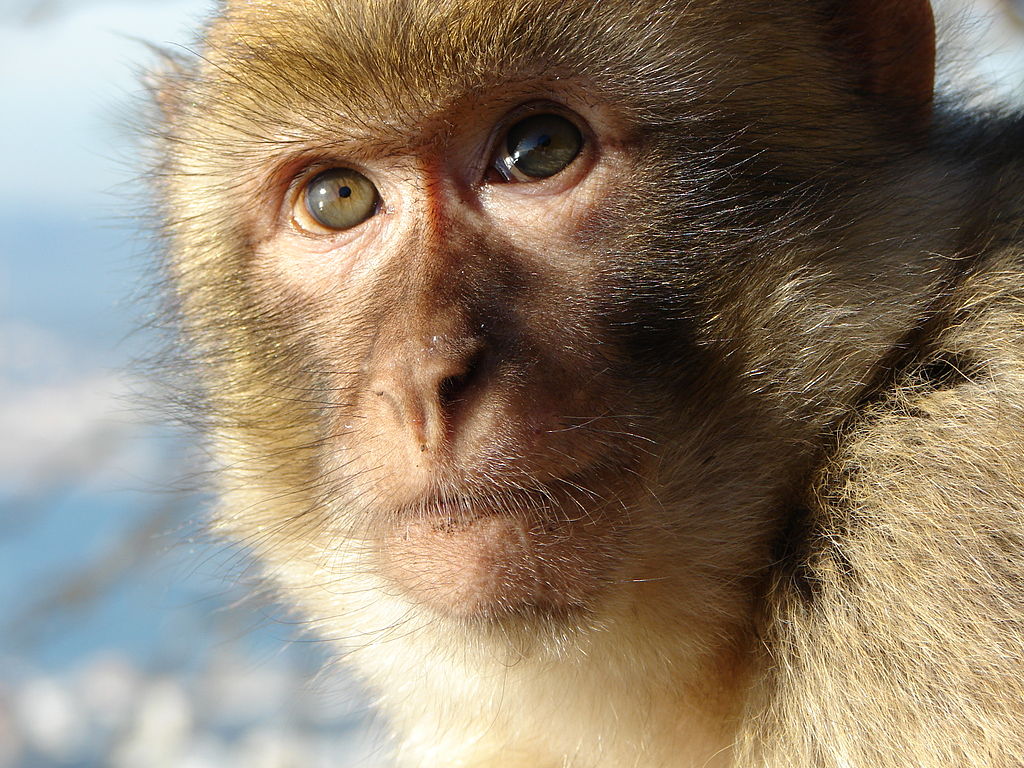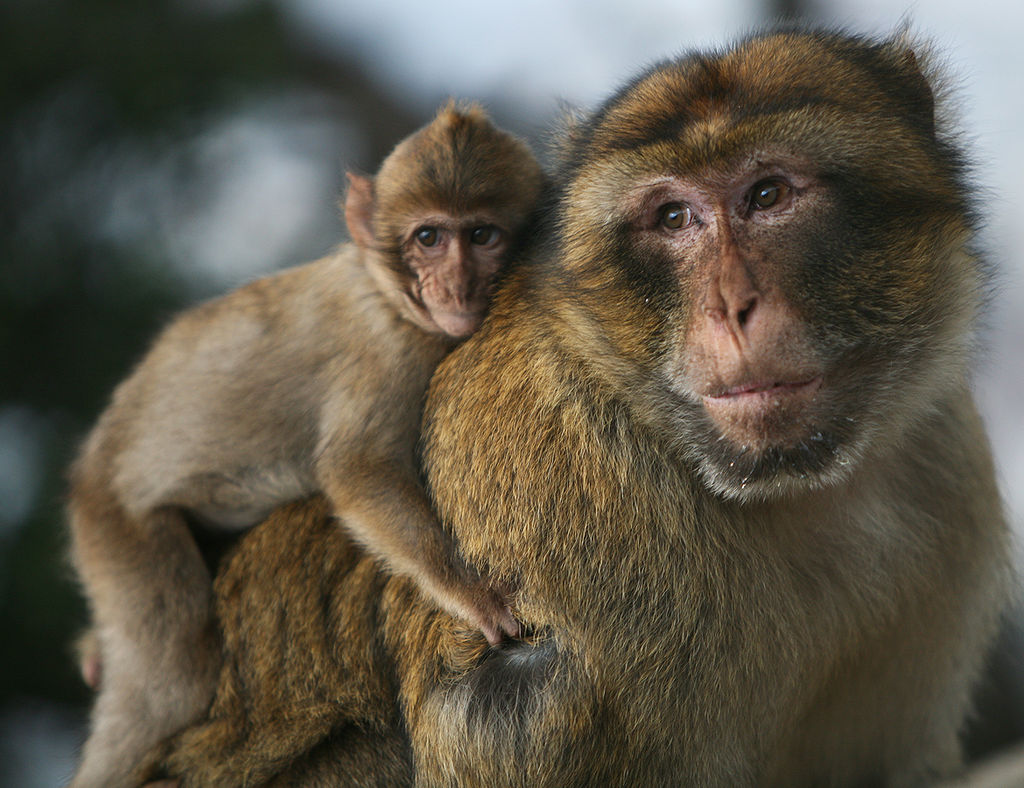- Once widespread, only about 6,500 to 9,100 Barbary macaque are now estimated to occur in fragmented forest patches of Algeria and Morocco in North Africa. A small, introduced population of 200 monkeys also lives on the Rock of Gibraltar in Europe.
- Barbary macaque remains the most frequently seized CITES-listed live mammal in the European Union.
- Conservationists hope that the inclusion of the Barbary macaque in Appendix I will ensure greater protection to the species against poaching and illegal trade.
World governments have voted to grant the highest protection to yet another species, the Barbary macaque, at the ongoing at the 17th Conference of the Parties (CoP 17) of the Convention on International Trade in Endangered Species (CITES) in Johannesburg, South Africa.
The Barbary macaque — Europe’s only native, non-human primate — has been up-listed to Appendix I of the CITES, making commercial trade in this species illegal.
“We are extremely happy that CITES parties recognized the threat Barbary macaques are facing and decided to act in favor of a species that is disappearing widely unnoticed,” Rikkert Reijnen, Senior Project Lead, Wildlife Trade at IFAW (International Fund for Animal Welfare), said in a statement.

Once widespread, only about 6,500 to 9,100 Barbary macaque are now estimated to occur in fragmented forest patches of Algeria and Morocco in North Africa. A small, introduced population of 200 monkeys also lives on the Rock of Gibraltar in Europe.
In 2008, based on an estimated population decline of 50 per cent over the last 24 years, the species was classified as Endangered in the IUCN Red List.
Barbary macaque numbers continue to plummet, mainly due to habitat destruction and the illegal pet trade. These animals are popular in the European exotic pet trade, and are also used as tourist photo props. In fact, Barbary macaque remains the most frequently seized CITES-listed live mammal in the European Union, according to IFAW.
“Unfortunately the primates are used as pets in Europe, which is a nightmare for both the animal and the owner,” Reijnen said. “The inclusion in Appendix I will more effectively protect them from poaching and illegal trade and also support ongoing conservation efforts in range countries.”
Reijnen added that the up-listing will also help Algeria and Morocco strengthen their domestic legislation and allow for higher penalties in cases of poaching and illegal trade.
